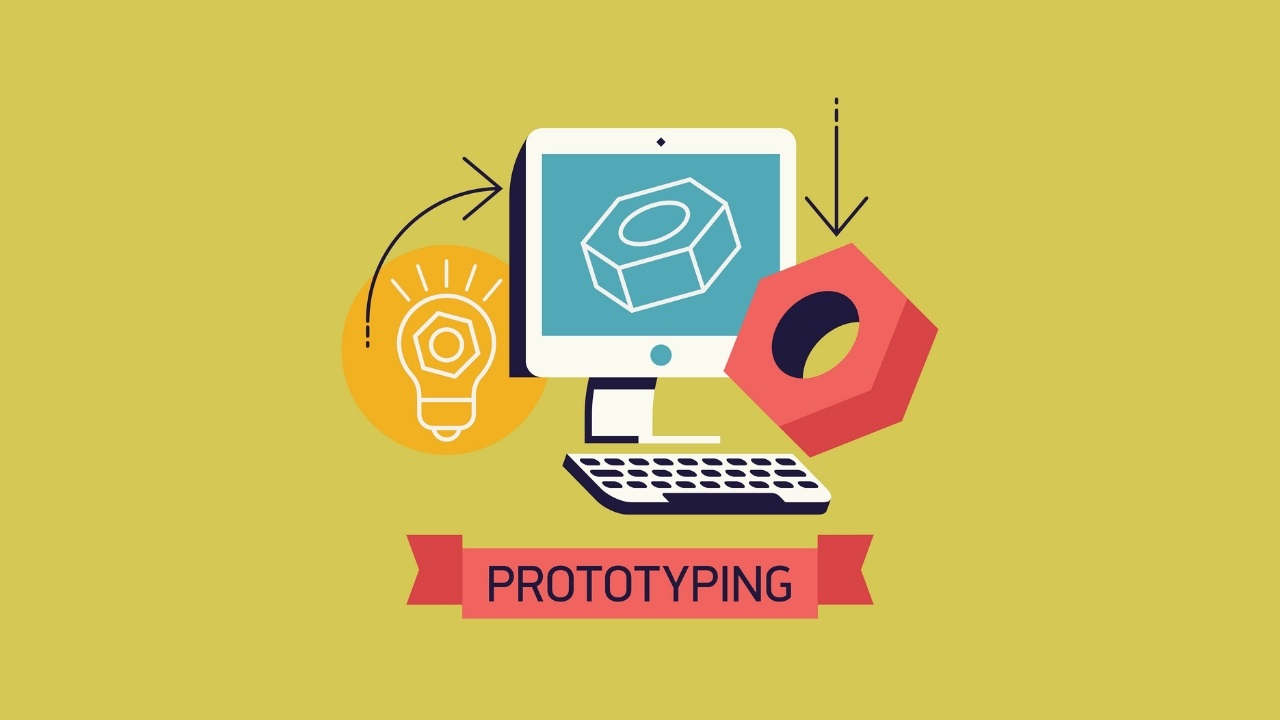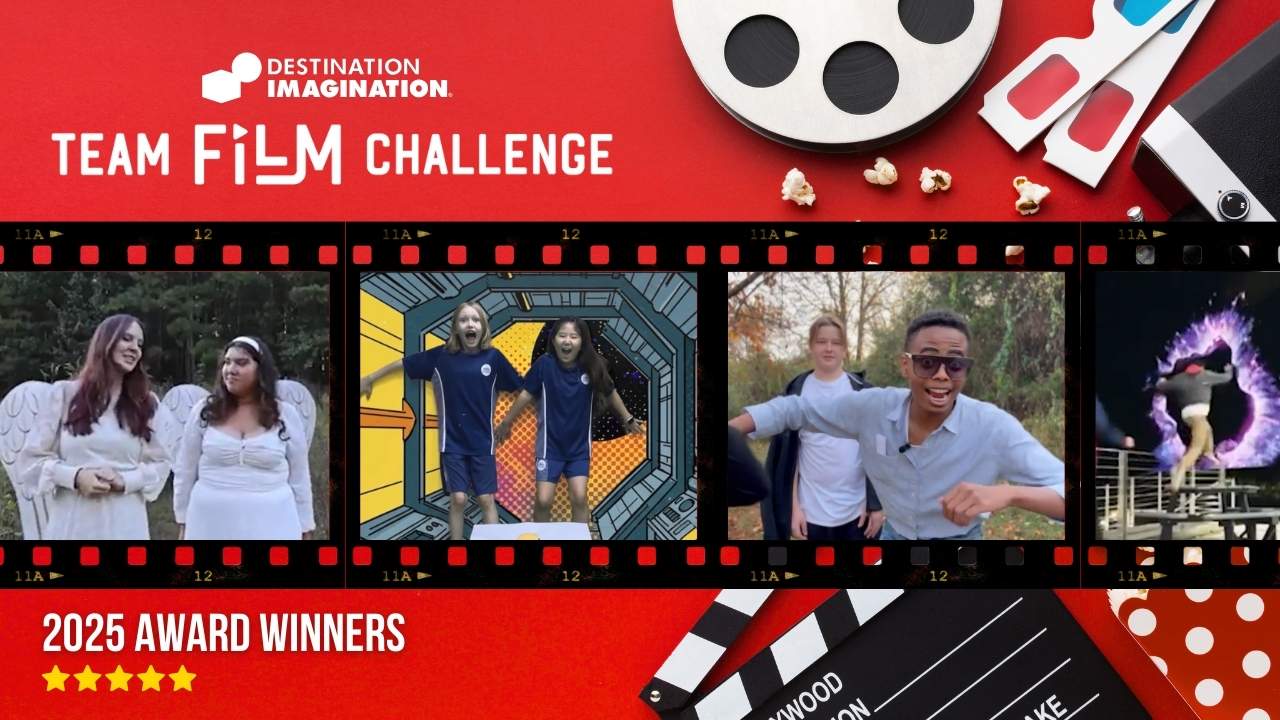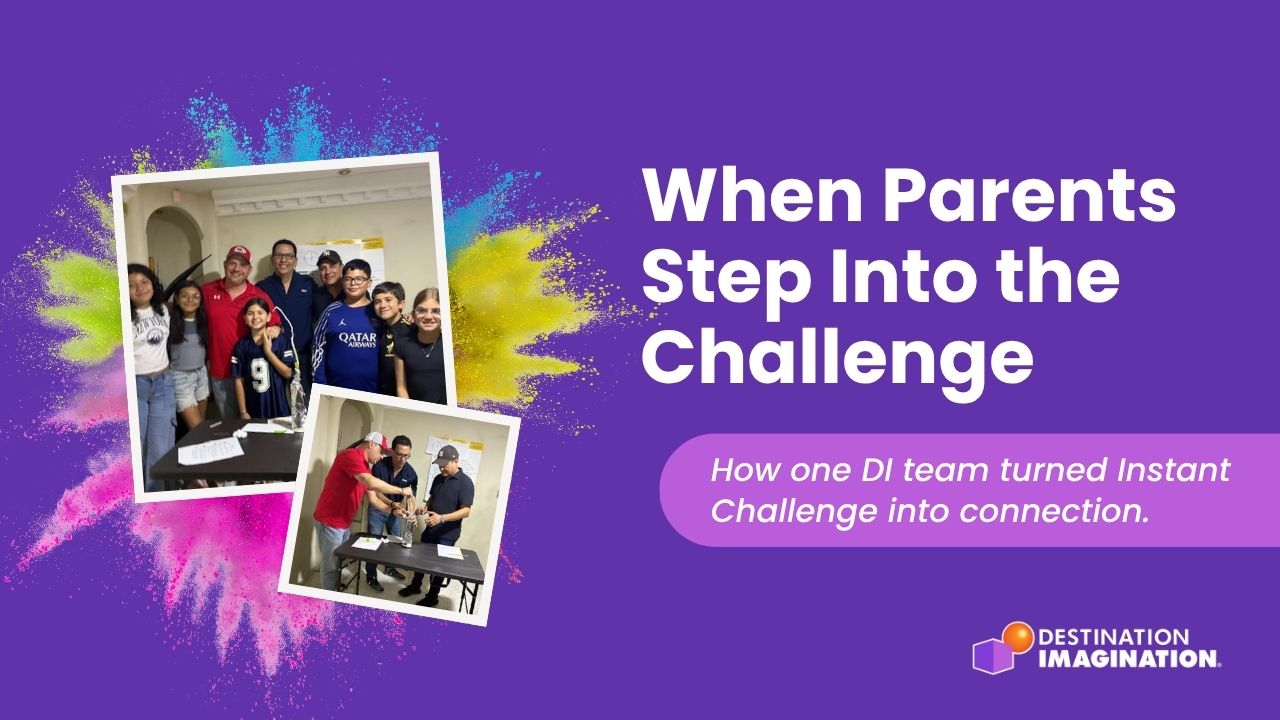By: Terry Branstetter, DI Volunteer
Prototyping fits hand-in-glove with the Destination Imagination creative process, especially during imagination and assessment. Simply put, and stemming from the original Greek, a prototype is a primitive form—an early sample. Various prototyping techniques are used in many scientific fields, engineering, and computer programming.
Prototyping seeks to validate ideas and concept in small, limited or surrogate ways prior to embarking on the development of a final product. Many teams already do this; it’s a natural means to create something. Prototyping as a specific activity can help teams focus and scope work. It can help bridge from the inherent chaos of brainstorming to coordained planning of team solutions.
Prototyping helps establish if a team can bring an idea into reality. I call it “DI Homework.”
- You want to pack your solution script full of homophones? OK, come to the next meeting with as many homophones as you can find—mark ones that might fit in your story.
- You want to build a self-driving robot? OK, show your teammates how you can program and control a motor at our next meeting.
I have found that this approach helps validate if team members have both the skills and desire to bring ideas into reality.
Prototyping approaches take many forms. These span from very basic ways of presenting ideas through more advanced methods to validate proof of concept designs and products.
- Sketches can provide a great way to explain concepts and facilitate team discussion.
- Computer drawings and models provide an easy way to present ideas for review and adjustment.
- Paper and cardboard cutouts can help quickly and inexpensively visualize team ideas and designs.
- Miniature and small-scale models can provide insights into materials and building approaches.
- Partially-developed items can be used to validate physical and mechanical properties of team designs.
- Electronic and programming approaches can be prototyped to test desired functions.
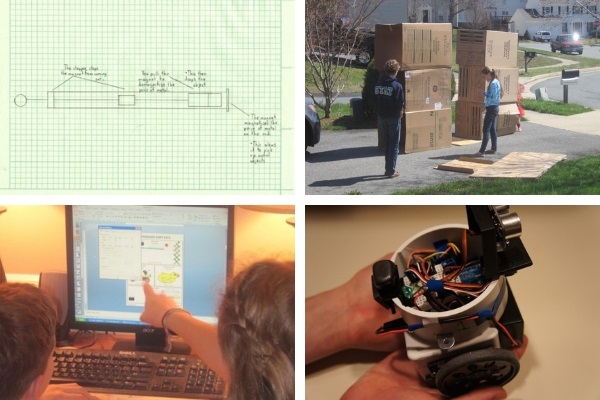
Prototyping is a useful technique that students can add to their Destination Imagination toolkit and apply far beyond a Challenge solution. I’m always thrilled when I hear elementary students approach a Challenge with the comment, “Let’s prototype a couple ideas to see if any might work.”
Prototyping is a valuable Destination Imagination skill and helps bring solutions to life. The irony is that many Destination Imagination solutions are actually little more than prototypes—they are one-of-a-kind designs and minimally engineered for a limited function.
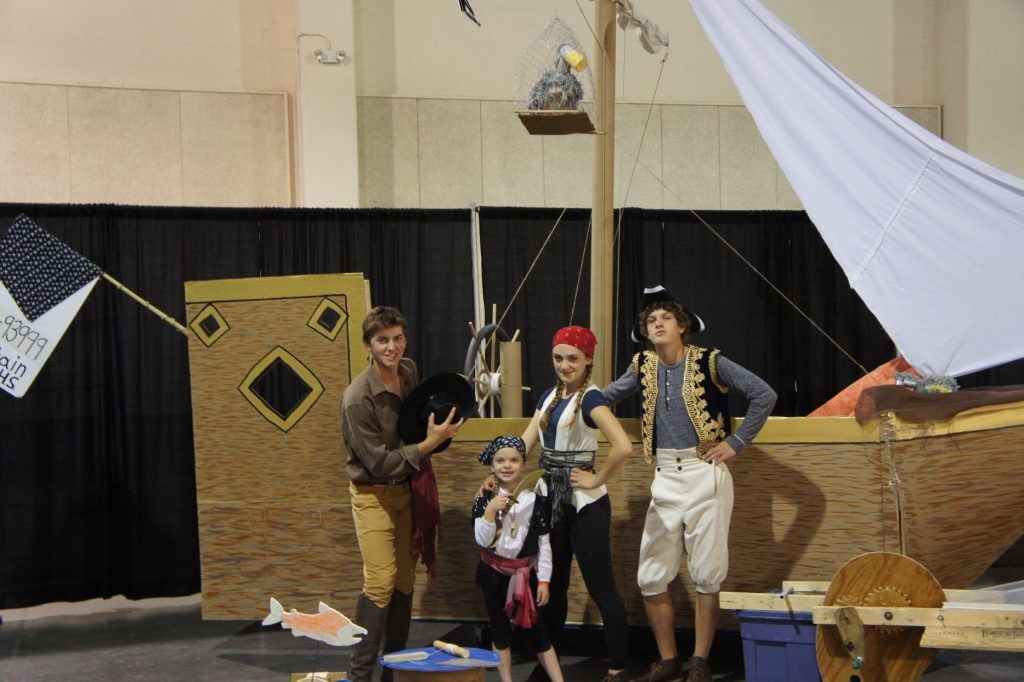
About the Author: Terry Branstetter is an information technology professional in higher education and a Marine Corps veteran. He has supported Destination Imagination for eight years in Pennsylvania and Virginia as a Technical Challenge Team Manager and Challenge Dissector. He has worked with eleven students in every grade level, and every student participated in at least one of the teams’ five Global Finals tournaments.
